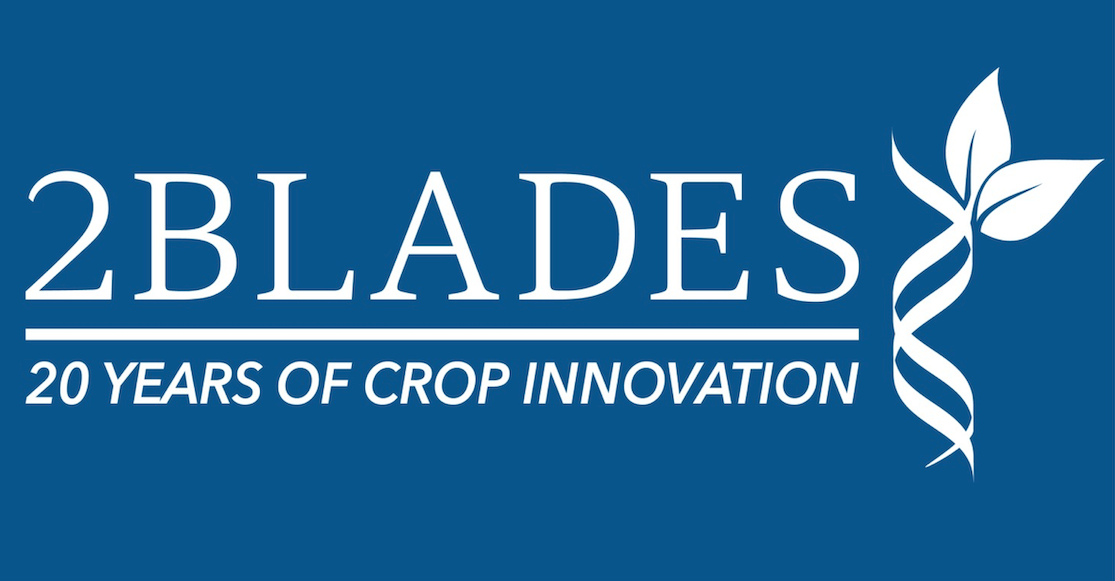An international team of scientists at Australia’s national science agency (CSIRO), the University of Minnesota, University of the Free State in South Africa, and Australian National University have solved a 20-year-old mystery, uncovering the origins of the world’s most devastating strain of cereal rust disease.
Wheat stem rust can lead to outbreaks on wheat of epidemic proportions and therefore is capable of threatening the world’s food supply. However, this disease problem was for decades considered solved by genetic resistance bred into wheat during the Green Revolution.
In 1998, scientists were alarmed when they discovered a strain in Uganda that overcomes these resistances. Dubbed Ug99, this strain has the potential to devastate wheat crops in major wheat growing regions of the world, as there are few sources of resistance in current wheat varieties. Despite the importance and potential impact of the disease, we know surprisingly little about the fungus that causes it.
Research published today in Nature Communications shows that Ug99 is not the result of a sexual cross between different rust strains, as scientists had speculated, but was created when rust strains simply fused to create a new hybrid strain. This process, called somatic hybridization, enables the fungi to merge their cells together and exchange genetic material without needing to go through the complex sexual reproduction cycle, which requires an alternate host (barberry).
This discovery is relevant to the management and monitoring of the disease, as it shows that even when the alternate host is removed, the fungus can create new variants to break genetic resistance bred into wheat.
Since its discovery, Ug99 has continued evolving new variants. Lead scientist Dr Melania Figueroa said, “While outbreaks of Ug99 have so far been restricted to Africa and the Middle East, it has been estimated that 80 percent of the world’s wheat varieties are susceptible to Ug99 and its variants.”
“There is some good news, however, as the more you know your enemy, the more equipped you are to fight against it,” said Dr Figueroa. “Knowing how these pathogens come about means we can better predict how they are likely to change in the future and better determine which resistance genes can be bred into wheat varieties to give long-lasting protection.”
Funding for the discovery was primarily provided by the 2Blades Foundation’s wheat rust program. 2Blades has also worked with CSIRO and the University of Minnesota to stack five resistance genes effective against Ug99 into a single wheat line. Field trials earlier this year demonstrate that strong rust resistance was achieved.
The breakthrough came as Dr Figueroa’s group was sequencing Ug99 (then at the University of Minnesota) and at the same time a CSIRO team led by Dr Peter Dodds was sequencing an Australian rust isolate, Pgt 21. Pgt21 was first seen in South Africa in the 1920s and believed to have been carried to Australia in the 1950s by wind currents. When the two groups compared results, they found the two pathogens share an almost identical nucleus and therefore half of their DNA.
“There was an element of serendipity at play in this work. We never expected that these strains might be related, and only through a multi-continental collaboration was it possible to make the connections needed to achieve this discovery,” said Dr Figueroa.
Reference: Li F, Upadhyaya N, Sperschneider J, Matny O, Nguyen-Phuc H, Mago R, Raley C, Miller ME, Silverstein KAT, Henningsen E, Hirsch CD, Visser B, Pretorius ZA, Steffenson B, Schwessinger B, Dodds PN, Figueroa M (2019). Emergence of the Ug99 lineage of the wheat stem rust pathogen through somatic hybridization. Nature Communications, doi: 10.1038/s41467-019-12927-7.
About 2Blades
The 2Blades Foundation, based in Evanston, Illinois, is a 501(c)(3) charitable organization dedicated to the discovery, advancement, and delivery of durable disease resistance in crops. 2Blades establishes and manages development programs addressing significant unsolved crop disease problems in collaboration with leading research institutions around the world and at the 2Blades Group in The Sainsbury Laboratory, Norwich, UK. 2Blades manages a portfolio of specific traits and enabling technologies that it implements in its own programs and out-licenses for broad use. Visit the 2Blades website at http://2blades.org and follow 2Blades on twitter at @2blades.
Photo credit: Yue Jin (USDA-ARS Image Number K11192-1, Public Domain)

Stem rust. Photo by Yue Jin (USDA-ARS Image Number K11192-1, Public Domain)
 2Blades
2Blades